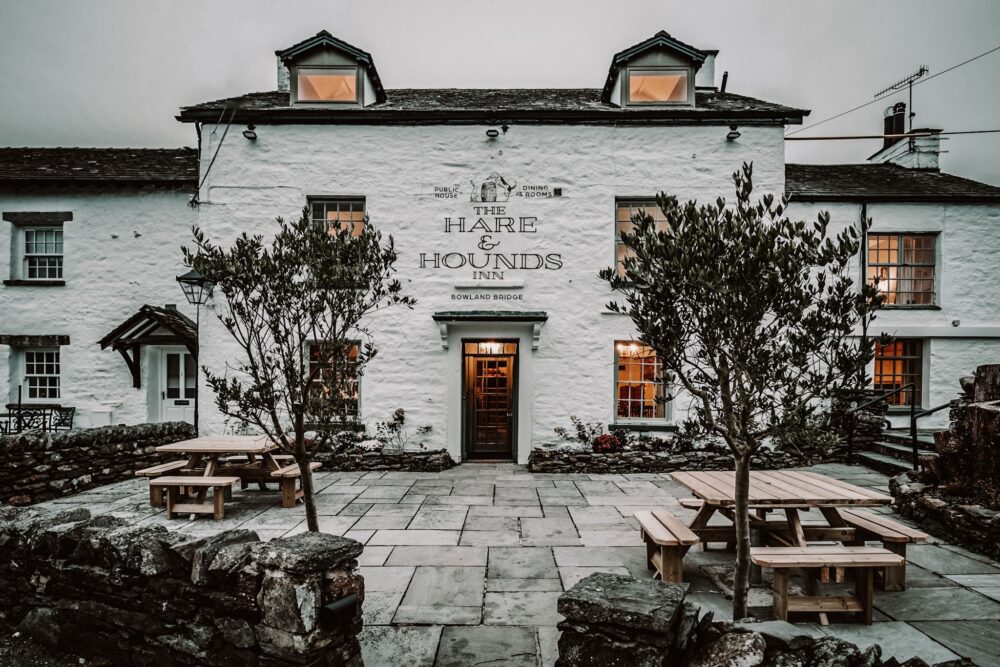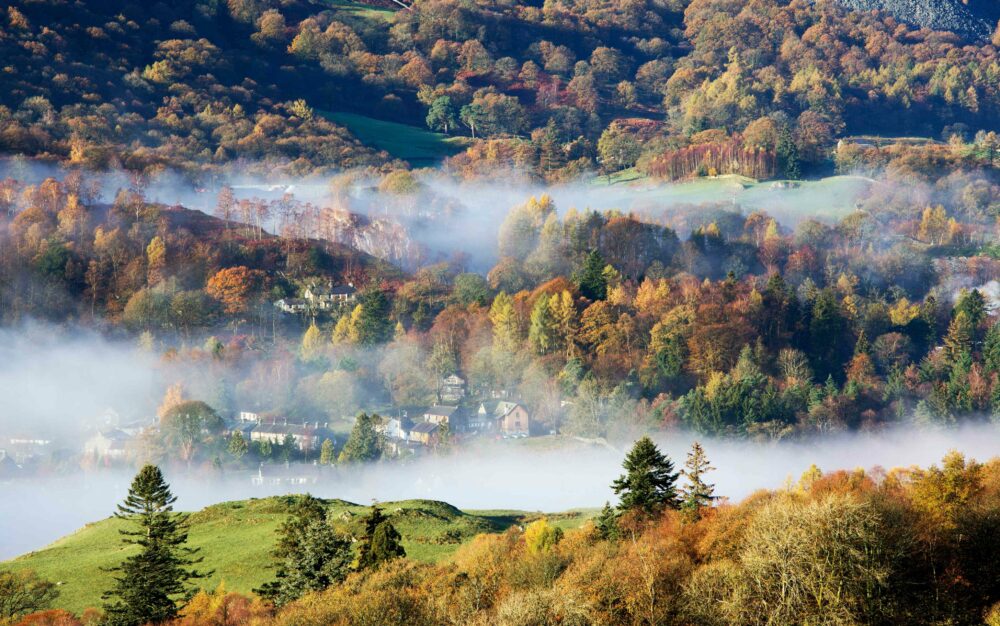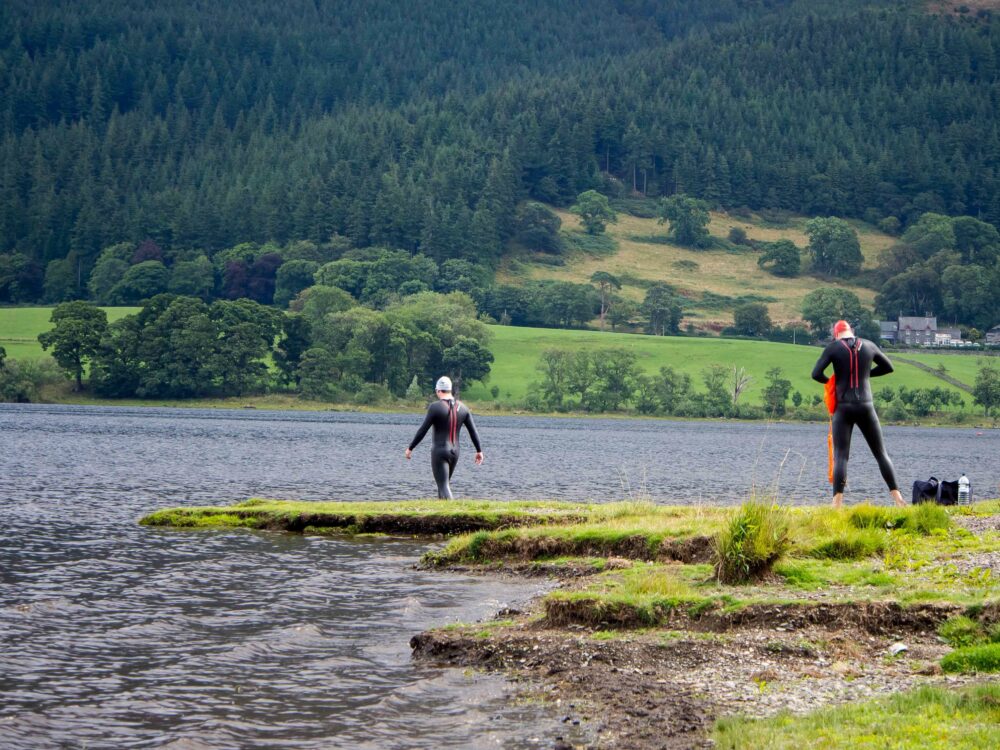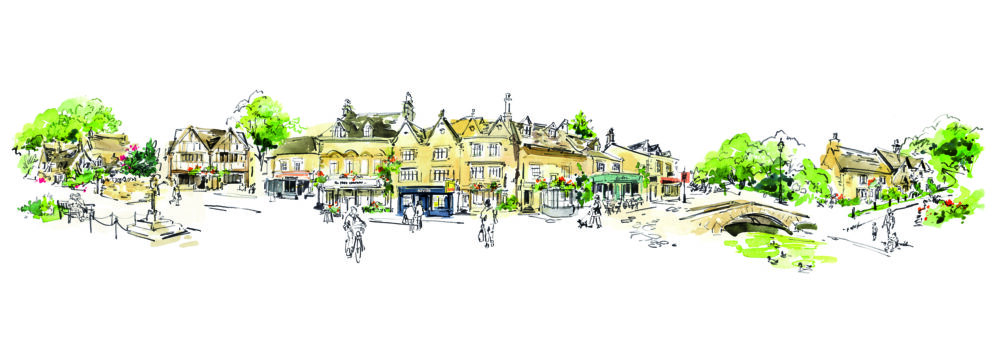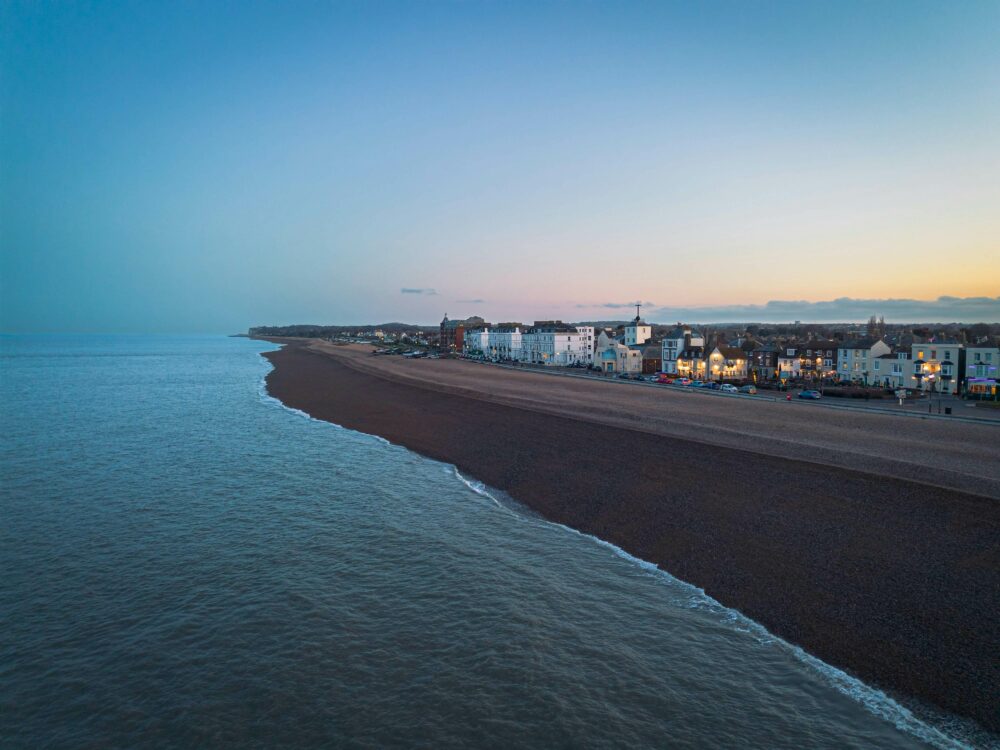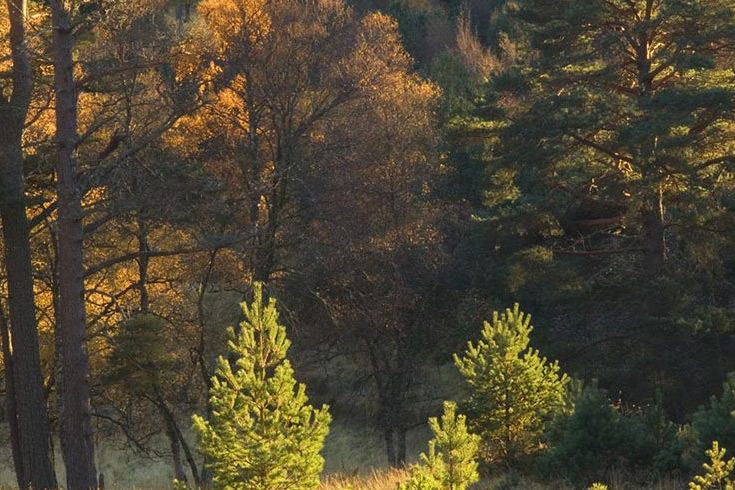Simon Rayner-Langmead grew up in the Lake District. So he knew what he was getting into when – after selling his PR business in London – he moved back there with his husband in 2019. Or, at least, that’s what he thought.
“There’s a word here to describe the way sheep are habituated by farmers to a particular fellside,” he says. “It’s called ‘hefting’ – and I can’t help feeling the same goes for people. I’m hefted to this place too. For me, water is a calming, settling presence. The sight of sheep grazing is something I associate with home. This feels like my natural environment.”
What Rayner-Langmead hadn’t reckoned with, however, was how much the Lake District had changed in the 20 years since he left. That’s not to say that Cumbria’s fells are crumbling and its lakes drying up. Our most visited national park retains the landscapes that generations of Britons remember from family holidays. Striding Edge still knifes its way towards Helvellyn, with England’s most hair-raising ridge walk teetering on the top. Meanwhile, beside Ullswater, Wordsworth’s daffodils – immortalised in his poem I Wandered Lonely as a Cloud – are still fluttering and dancing in the breeze.
Look closely, however, and you’ll find the Lake District less manicured than it used to be. Slowly but surely, Mother Nature is being let off the leash in a series of rewilding schemes bringing biodiversity back to its valleys and hillsides.


